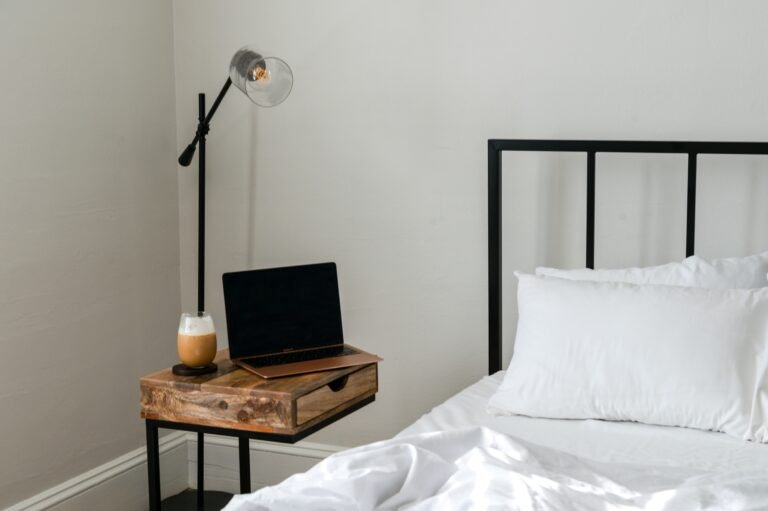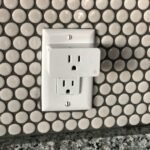Upgrade your workspace with standing desk converters to improve posture and enhance productivity.
In today’s fast-paced work environment, maintaining good posture is crucial for both health and productivity. Standing desk converters offer an accessible way to transform your workspace, allowing you to alternate between sitting and standing. This article explores the various aspects of standing desk converters and how they can benefit your workspace.
With prolonged sitting linked to numerous health issues, the importance of integrating movement into our daily routines has become evident. Standing desk converters provide a simple yet effective solution, enabling you to stand while working without needing to replace your existing desk.
This article covers everything you need to know about standing desk converters, including their benefits, features, types, selection tips, usage, and maintenance. By the end, you’ll be equipped with the knowledge to make an informed decision on whether a standing desk converter is right for you.
Table of Contents
Understanding Standing Desk Converters and Their Importance
Standing desk converters are devices placed on top of your existing desk to enable a transition from sitting to standing. But why is this shift important?
- Improved Posture: Standing desk converters encourage better posture, reducing strain on the back and neck.
- Increased Energy: Alternating between sitting and standing can boost energy levels and reduce fatigue.
- Enhanced Productivity: Studies suggest that standing while working can lead to increased focus and productivity.
Key Features and Capabilities of Standing Desk Converters
When choosing a standing desk converter, understanding its key features is essential to ensure it meets your needs.
- Height Adjustability: Look for converters with a wide range of height settings to suit different users and tasks.
- Stability: A stable base ensures safety and prevents wobbling during use.
- Work Surface Area: Consider the size of the work surface to accommodate your monitor, keyboard, and other essentials.
Comparing Different Types of Standing Desk Converters
With various types of standing desk converters available, understanding their differences can help you choose the right one.
| Feature/Type | Benefits | Best For | Considerations |
|---|---|---|---|
| X-Lift Converters | Easy height adjustment | Quick transitions | May require more desk space |
| Post and Base Converters | Stable and sturdy | Multiple monitor setups | Less portable |
Guiding Your Selection and Purchase
Choosing the right standing desk converter involves several considerations to ensure it fits your workspace and lifestyle.
- Assess Your Workspace: Measure your desk and check the compatibility of the converter.
- Consider Ergonomics: Ensure the converter supports an ergonomic setup for your monitor and keyboard.
- Budget and Brand: Research reputable brands and set a budget to find a converter that meets your criteria.
Implementing and Using Your Standing Desk Converter
Setting up your standing desk converter correctly is crucial for maximizing its benefits.
- Positioning: Place the converter where you can comfortably reach your keyboard and monitor.
- Adjusting: Test different heights to find the most comfortable position for standing and sitting.
- Alternating: Regularly switch between sitting and standing to maintain energy and focus.
Caring for and Maintaining Your Standing Desk Converter
Proper care and maintenance of your standing desk converter ensure its longevity and functionality.
- Regular Cleaning: Wipe down surfaces to prevent dust buildup and maintain a clean workspace.
- Check Mechanisms: Regularly inspect and tighten any loose parts to ensure stability.
- Follow Manufacturer Instructions: Adhere to any specific maintenance guidelines provided by the manufacturer.
Expert Tips and Recommendations
- Start Slow: Gradually increase your standing time to allow your body to adjust.
- Use an Anti-Fatigue Mat: This can reduce strain on your feet and legs while standing.
- Optimize Your Setup: Ensure your monitor is at eye level to prevent neck strain.
- Invest in Quality: Choose a converter with a good warranty and positive reviews for long-term use.
Common Questions About Standing Desk Converters: Upgrade Your Workspace for Better Posture
Find answers to frequently asked questions about standing desk converters and their impact on posture and productivity.
- Q: Do standing desk converters really improve posture?
A: Yes, they encourage better body alignment by allowing you to alternate between sitting and standing. - Q: How often should I switch between sitting and standing?
A: Experts recommend switching every 30 to 60 minutes to maintain comfort and focus. - Q: Are standing desk converters suitable for small spaces?
A: Yes, many models are compact and designed to fit on standard desks, making them ideal for small spaces. - Q: What is the average cost of a standing desk converter?
A: Prices vary, but you can expect to spend between $100 and $400 depending on features and quality. - Q: Can I use a standing desk converter with dual monitors?
A: Yes, many converters are designed to support dual monitor setups; ensure the model you choose accommodates your needs.
Conclusion
Standing desk converters offer a practical solution for enhancing posture and productivity in the workspace. By enabling easy transitions between sitting and standing, they support healthier work habits.
Consider your specific needs, workspace constraints, and budget when selecting a converter. With the right choice, you can enjoy the benefits of improved posture and increased energy.
Ready to enhance your workspace with a standing desk converter? Check out this essential adjustable desk converter to start your journey to better posture: [Affiliate link placeholder]
As an Amazon Associate I earn from qualifying purchases.
Check out this related post: Adjustable Standing Desks with Built-In Charging Ports: Work-From-Home Productivity
Explore this topic: Ergonomic Furniture
Last updated on August 7, 2025







